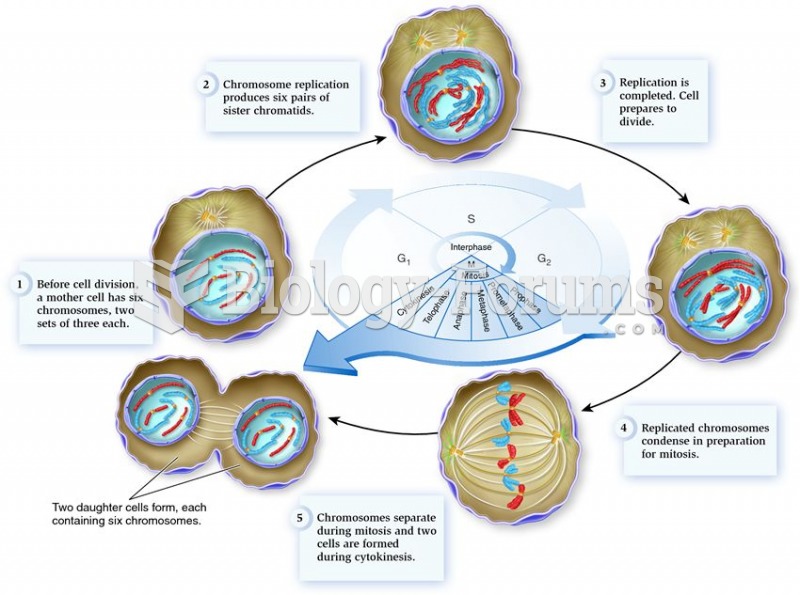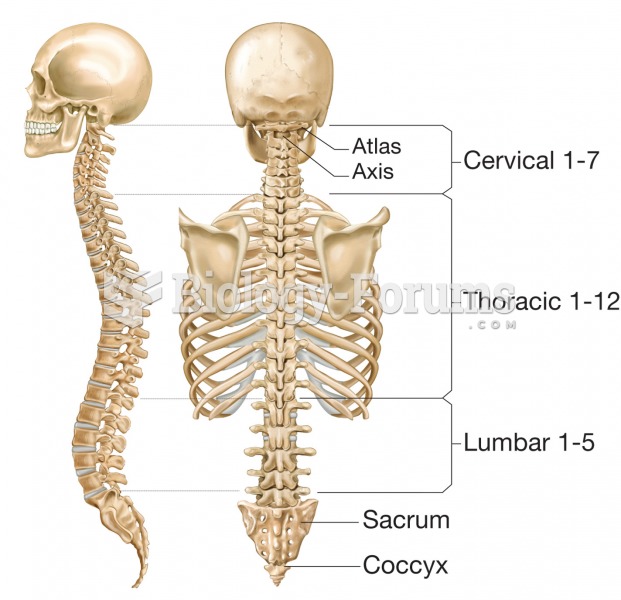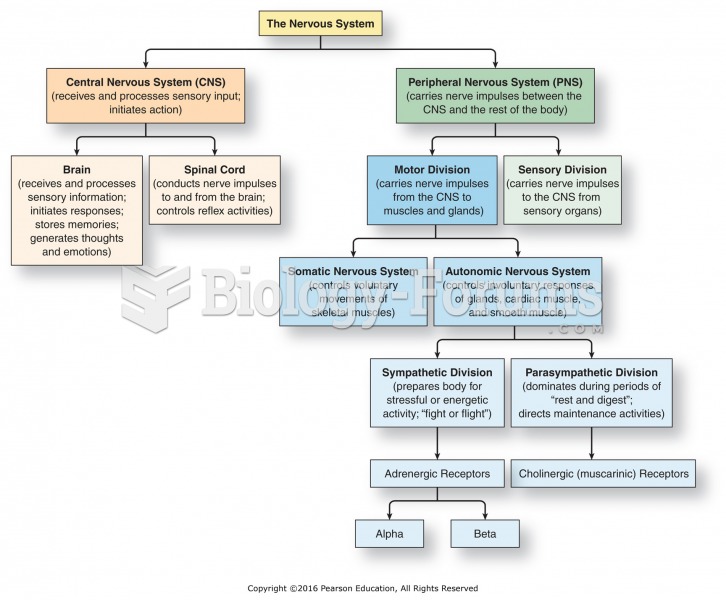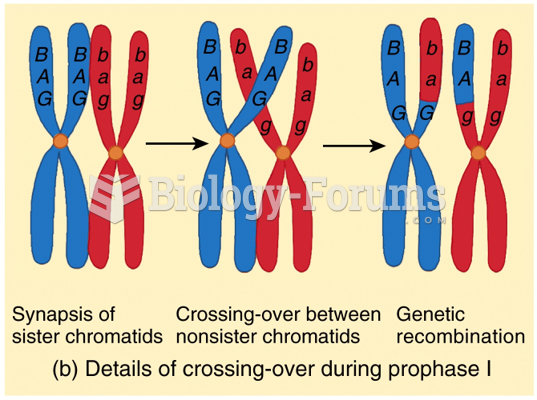Question 1
Chambliss Inc. hired you as a consultant to help estimate its cost of capital. You have been provided with the following data: D0= $1.20; P0= $28.10; and g = 6% (constant). Based on the DCF approach, what is the cost of equity from retained earnings?
◦
10.53%
◦
10.96%
◦
11.11%
◦
11.50%
Question 2
Cici Consolidated has two divisions of equal size: a computer division and a restaurant division. Its CFO believes that stand-alone restaurant companies typically have a WACC of 9%, and stand-alone computer companies typically have a 15% WACC. He also believes that Cici’s restaurant and computer divisions have the same risk as their typical peers. Consequently, Cici estimates that its composite, or corporate, WACC is 12%. A consultant has suggested using a 9% hurdle rate for the restaurant division and a 15% hurdle rate for the computer division. However, Cici’s CFO disagrees, and he has assigned a 12% WACC to all projects in both divisions. Which of the following statements is correct?
◦
While Cici’s decision not to use risk-adjusted WACCs will result in its accepting more projects in the computer division and fewer projects in its restaurant division than if it followed the consultant’s recommendation, this should not affect the firm’s intrinsic value.
◦
Cici’s decision not to adjust for risk means that the company will accept too many projects in the computer business and too few projects in the restaurant business. This will lead to a reduction in the firm’s intrinsic value over time.
◦
Cici’s decision not to adjust for risk means, in effect, that it is favouring the restaurant division. Therefore, that division is likely to become a larger part of the consolidated company over time.
◦
Cici’s decision not to adjust for risk means that the company will accept too many projects in the restaurant business and too few projects in the computer business. This will lead to a reduction in its intrinsic value over time.







